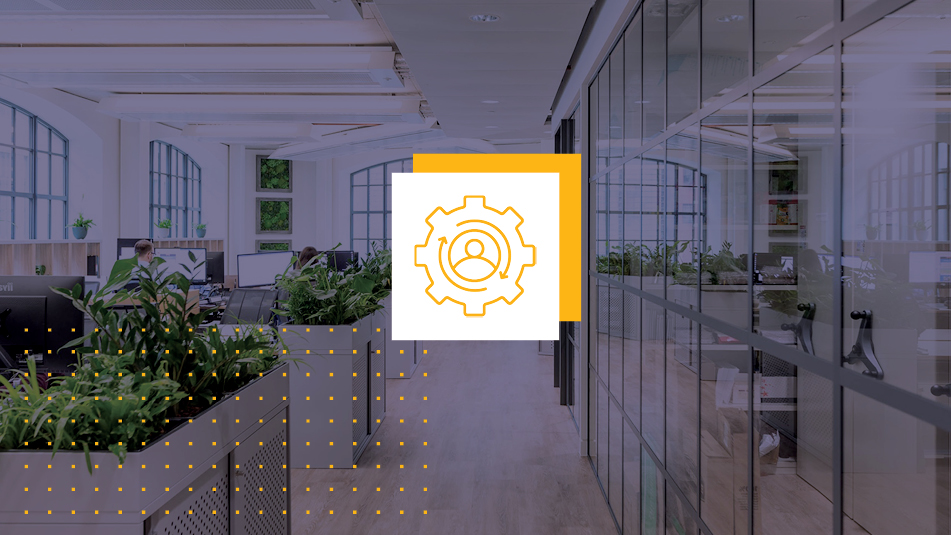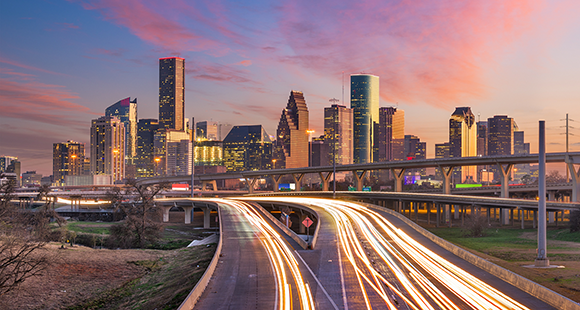Office Occupancy in a Post-COVID World
It’s safe to say that very few aspects of the workplace have been unaffected by the COVID-19 pandemic. One of the most obvious examples is the pivot to remote work, which has largely been considered a success. However, it’s not the right choice for every individual. Some people thrive on the camaraderie and collaboration of the active workplace, and managerial teams are taking this into account as they work toward establishing a reentry process. Some of the world’s most iconic companies, like Goldman Sachs, have begun to reintegrate their teams into the office space, citing their “innovative, collaborative apprenticeship culture.” As we navigate a successful transition, there are several important components to consider when it comes to office occupancy in a post-COVID world.
Stay Agile
The overwhelming consensus about the post-COVID workplace is that everyone should be prepared for a more flexible work environment. One of the most obvious changes will be the strong emphasis on work-from-home/remote policies. According to data provided by OTJ Architects, 45% of employees want to work at home 3 or more days per week. As a result, workplaces will see significant changes in the time employees physically spend in the office. With data showing that many workplaces have shifted from 50% capacity to 20 or 30%, it’s likely that most offices will evolve into agile work environments that embrace flexibility and allow employees the freedom to work in different areas of the office. With the enhanced availability of technology and collaboration tools, the emphasis on flexibility is absolutely here to stay.
Quality Not Quantity
You’ve heard the saying that “it’s about the journey, not the destination.” But when it comes to the workplace, the destination is what’s emphasized. As seen in data provided by OTJ Architects, workplaces are now viewed as vital destinations to support collaboration, mentorship and socialization. While less people will actually spend all their time in the office than they used to, it’s the enhanced quality of their time in the office that will be considered most important. The same will go for internship roles that derive a strong amount of their worth from office collaboration. As previously mentioned, Goldman Sachs abbreviated their internship program, as did AllianceBernstein, Fidelity Investments, PGIM and TIAA, the parent company of Nuveen. While less time is spent in the physical office, the time that is spent there is considered to be tremendously valuable.
Assigned Spaces May Go
While many offices are conditioned to have assigned spaces for each employee, this is one of the norms that may disappear after the pandemic. Individual assigned spaces could be replaced by more generalized options that allow frequent cleaning and a rotating schedule. For example, some workplaces may utilize small storage units for each individual to keep their personal items when they’re in the office. The use of apps to reserve desk space may also play a role. Group collaboration, multi-use, and quiet focus spaces may become more popular instead.
Safety Will Be Emphasized
Individuals in managerial roles will be tasked with ensuring that employees feel safe and healthy as they return to the workplace. This can be established through a variety of short-term and long-term goals. In the short term, there will be an emphasis on scientifically proven measures to enhance safety, like increased ventilation, air purifiers, and hands-free fixtures to eliminate common touch points in communal spaces. In the long term, this could mean changes in the HVAC systems and increased filtration in the air.
While the office experience may be different post-pandemic, it will still prove to be a vital one that fosters innovation and collaboration. Cresa’s seasoned experts can help your organization establish what type of work environment is a proper fit and then help navigate the reentry process in a meaningful way to best suit your organization.



